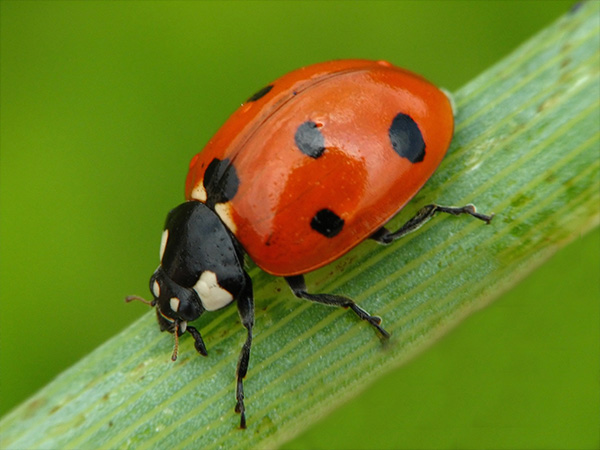
Grade:
Topic:
Unit:


In this lesson mini, students explore insect traits through vocabulary exercises, observations, and drawing. Students identify insect traits, compare different species, and examine body parts, behaviors, and life cycles. They develop observational and analytical skills while learning about insect diversity and how traits help insects thrive.

Minutes
Minutes
Minutes
Minutes

Check out Britannica Studio, your teacher-first AI workspace that turns Britannica’s verified, standards-aligned content into engaging, differentiated, and student-ready materials in minutes.
Level-up current events into dynamic learning!